Across the newly-built counter of a recently-opened cafe in Ridgewood, Sanam wonders out loud about gentrification. It was clear that the neighborhood was changing. A decade ago you wouldn’t have found coffee shops decorated with individually-painted countertops selling books from well-reviewed indie publishers. Like many of the neighborhood’s newcomers, Sanam arrived by way of an adjacent neighborhood in Brooklyn.
“It’s like, Bushwick is still over there,” she said.
If gentrification was happening, Sanam told me, it was busy happening there, where enormous condominiums have been unceremoniously plopping down for much of the past decade. For many, the difference between the neighborhoods can feel like the result of a general exodus, the continuing movement of a college-educated class, driven largely by the lure of lower rents, though its a promise that has become less true with each passing year. Where a decade ago, rents in the neighborhood corresponded roughly to the city’s overall average, by 2019 they would surpass the average in Queens, according to data from the Furman Center for Real Estate and Urban Policy.
The pandemic exacerbated these pressures. In a recent report published by The City it was revealed that “the number of rent-stabilized units registered in the increasingly trendy neighborhood plunged from 6,228 in 2019 to just 2,149 in 2021 — a decline of more than 65%.” By 2023, according to data from an apartment rental website called Zumper, the price of a one bedroom apartment in Ridgewood had spiked by 26% from a year before. In one view, the neighborhood was following a familiar New York City story that started with the eastward movement through the Village, the East Village, Williamsburg, Long Island City and, of course, Bushwick.
“I think it’s sort of the up-and-coming aspect meets the residential aspect,” said a circumspect Mike Naideau, one of the minor punk scenesters behind Honey Moon, the indie coffee brand that has planted its flag in the neighborhood His story is compelling, in its own gentrified kind of way. After landing a degree in astronomy from Vassar, Naideau spent much of the last decade floating through the city’s various gentrifying spaces, playing in bands like Giant Peach (“yet another in a long line of modern bands that would have set the zine circuit ablaze during the Clinton years,” per a listing in the Village Voice) and, more recently, a band called L.O.T.I.O.N. Multinational Corporation (electronic meets hardcore meets punk, according to Naideau.)
At the same time, Naideau picked up a job working for Stumptown, a coffee brand that began moving into New York in 2009. By the time he left, Naideau had a hand in running one the brand’s more lucrative contracts: supplying a cafe in Manhattan’s Ace Hotel with bottles of cold brew. After almost a decade working with coffee, he decided to travel to the source, venturing for an extended period of time in Ecuador, making connections with a man that Naideau refers to repeatedly as “Pepê.”
“What always fascinated me about coffee was the sourcing side of things,” Naideau says about this journey, from which he emerged with the idea to begin importing coffee from the country himself. In a business he founded with his brother Ryan, they emphasize Honey Moon’s “chain of values,” which include “environmental awareness, transparency, and mutual understanding.”
The idea resulted in a handful of colorfully-designed bags of coffee that sit on a single shelf in the store’s bright, art gallery-white walls. The response from the neighborhood has been mixed. Naideau tells me that he was disconcerted by a headline that appeared in a local newspaper (“New cafe brings authentic coffee from around the world to Ridgewood”) after it resulted in a flurry of negative reviews of the store on Google. “You can taste that it was made by the hands of white colonizers,” wrote one. “Literally they went to Ecuador, said ‘let me make money off of a rare product,’ and chose Ridgewood to market to the wealthy gentrifiers,” wrote another. “It was a dialogue that I wasn’t expecting,” says a flummoxed Naideau.


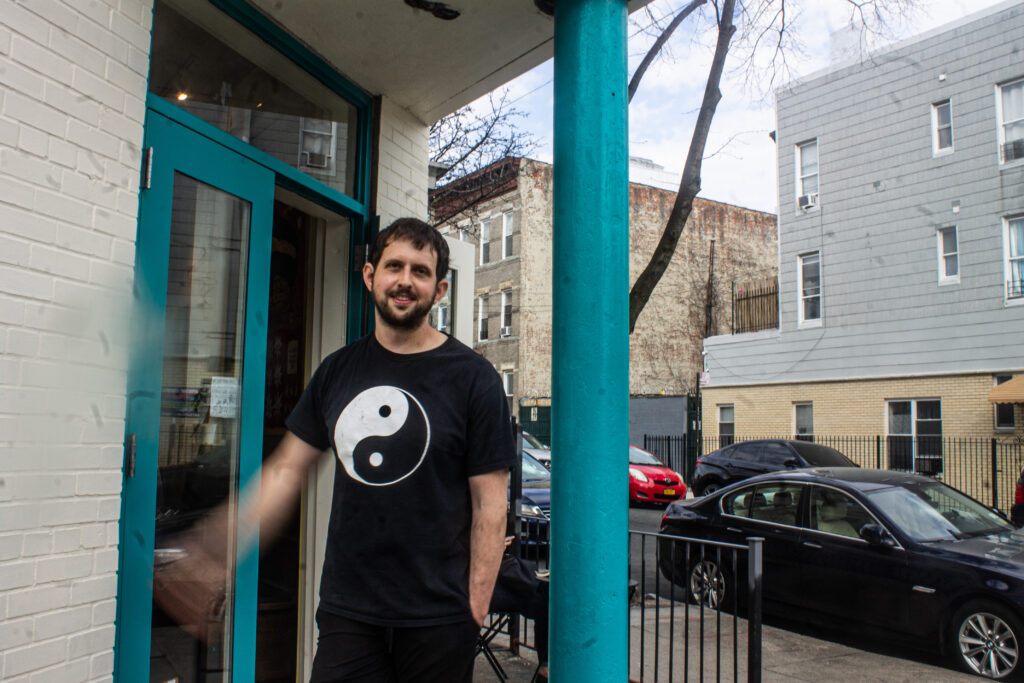
The idea of the neighborhood as a center of “wealthy gentrifiers” isn’t a new one. The writer Helen Holmes, another Ridgewood transplant, observed recently that “certain powerful stakeholders have cultivated upwardly mobile visions of Ridgewood for decades,” pointing to a 1983 story in the Times that quoted a real estate developer predicting that “Ridgewood would be Queens’s answer to fashionable Park Slope.”
If that developer had once dreamed of “sidewalk cafes and a B. Dalton bookstore on Myrtle Avenue,” a business like Honey Moon is perhaps close enough. The back of the cafe doubles as an upscale bookstore run by Matt Winn, who opened a similar bookstore a decade ago, where else but in Bushwick (“Bushwick’s inaugural bookstore,” wrote a blogger for DNAinfo at the time.)
“I think that people who have moved from Bushwick to Ridgewood are looking for a more tranquil, clean sort of living,” says Ryan Naideau. In addition to operating the business with his brother, Ryan has a day job as an artists & repertoire rep for Domino Records, the London indie label that popularized bands like Arctic Monkeys, Animal Collective and Parquet Courts. Andrew Savage, who sings for the latter, is also something of a regular in the neighborhood. “Andrew even designed one of our coffee bags,” says Ryan.
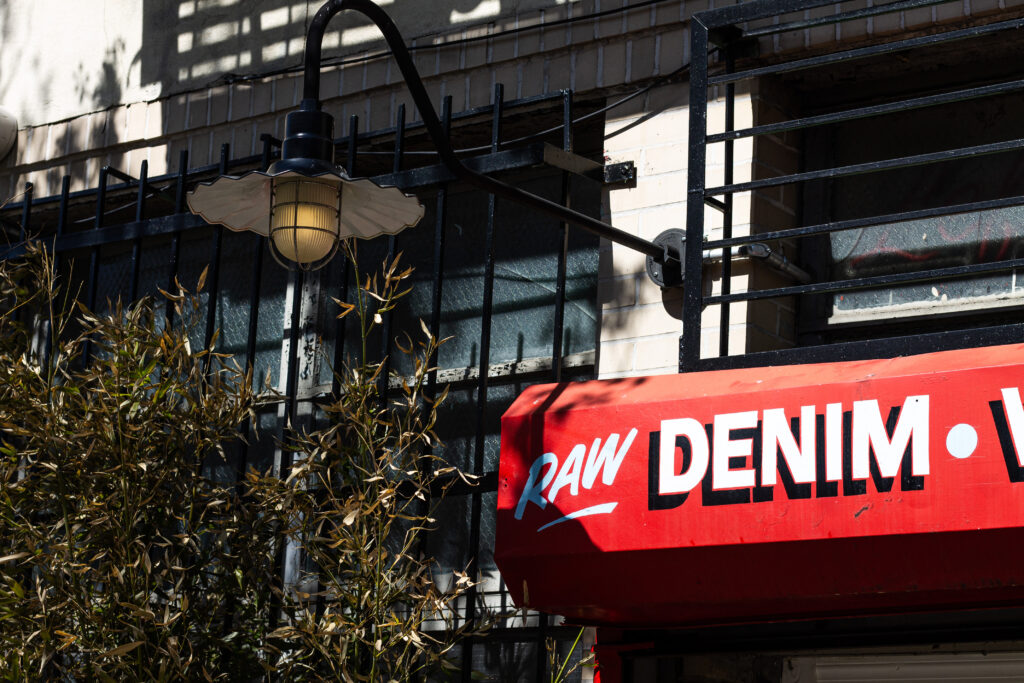
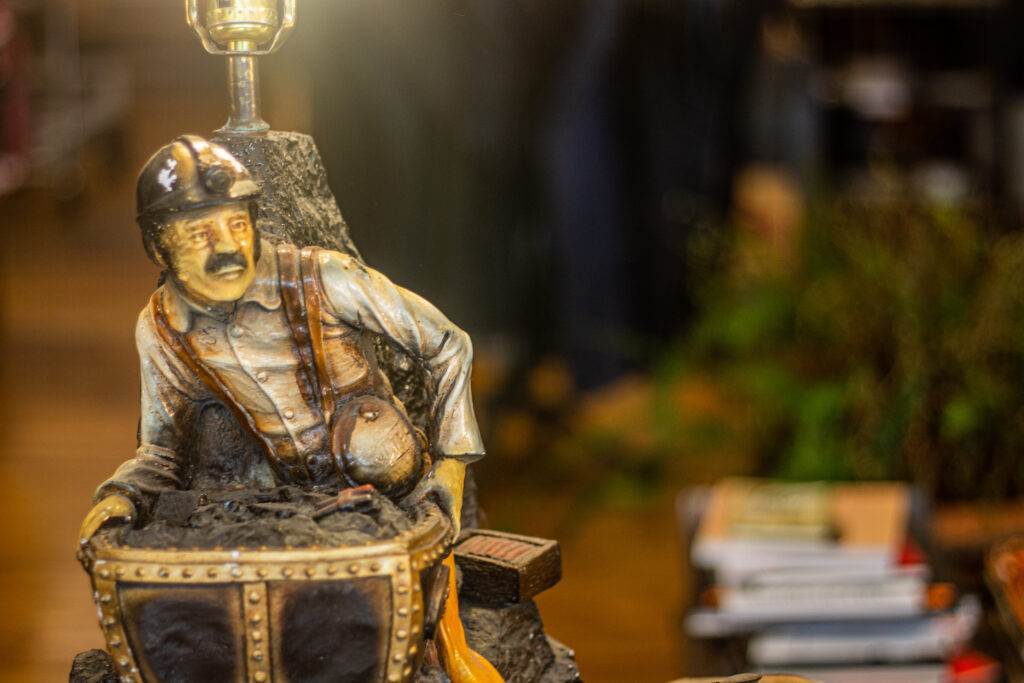
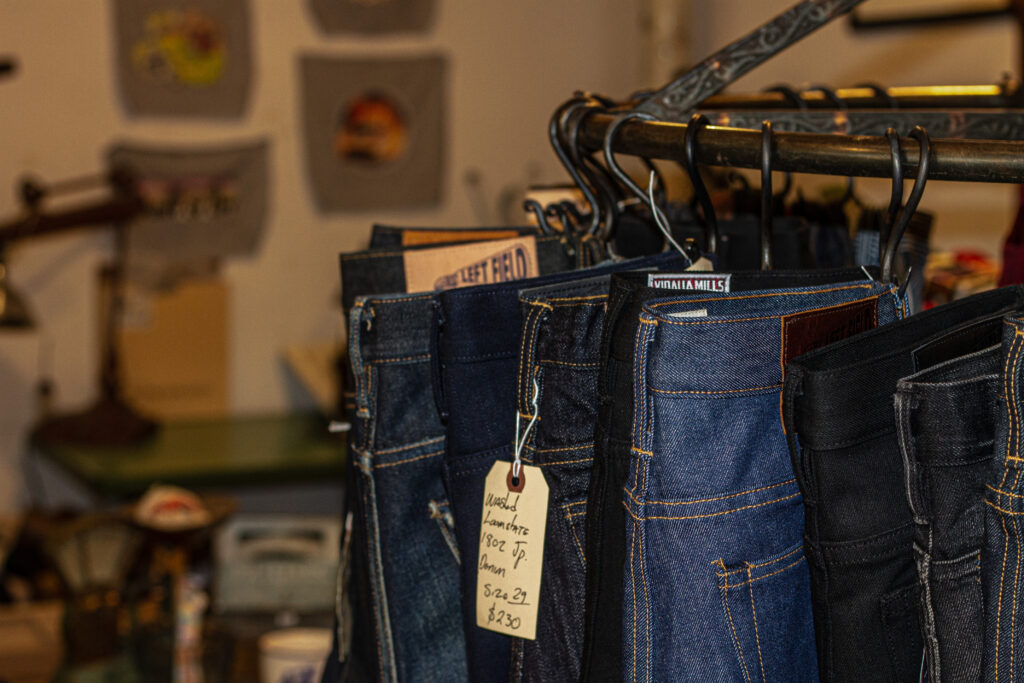
“Parquet Courts was the first band to put [Ridgewood] on the block,” remembers Christian McCann, a tall, heavily-tattooed businessman whose square jaw cuts a figure between ‘90s Brad Pitt and the smiling, denim-shirted Brawny man. “I remember hearing ‘Stoned and Starving’ and thought Ridgewood is actually becoming a place other than ‘isn’t Ridgewood in New Jersey?’”
McCann was paying attention because he had only just moved into the neighborhood in 2009 with a dream of selling high-end jeans. After spending the decade roving between Williamsburg and Greenpoint, he found a neighborhood that appeared largely vacated after the knitting industry left in the late 1990s.
“I don’t want to call it gentrification because there was nothing in these places, it was just full of fucking trash, recalls McCann, whose business, Left Field, was “probably one of the first new speciality businesses” in the neighborhood, occupying a well-lit erstwhile sweater factory. (In a later email, he clarified that by “these places,” he meant “my space/store, not the neighborhood.”) More than pants, McCann sells a kind of wood-paneled nostalgia that’s animated by gestures of affection for a certain blue collar lifestyle. Hanging on a rack with threateningly-sharp hooks are pairs of selvedge denim pants that sell for $150-$250 a pair, with names like “greaser.” Hanging on another rack are a more colorful line of “coal miner chinos.”
McCann says the transformation of the neighborhood started with the sound of skateboards rolling down the street. IPA beers in the local bodegas followed. Then the sudden appearance of organic fruit.
“You can tell when a neighborhood is flipping,” he says, “I personally welcome it.”
“I don’t mean to sound cold, but it’s New York City and I think it speaks to how neighborhoods evolve. I’m not saying that ‘rich white people’ are an evolution, but it’s been Germans, Italians, Polish, Albanians, Puerto Ricans…” he says, trailing off.
“But obviously, nobody wants to live in a neighborhood full of yuppies and strollers.”
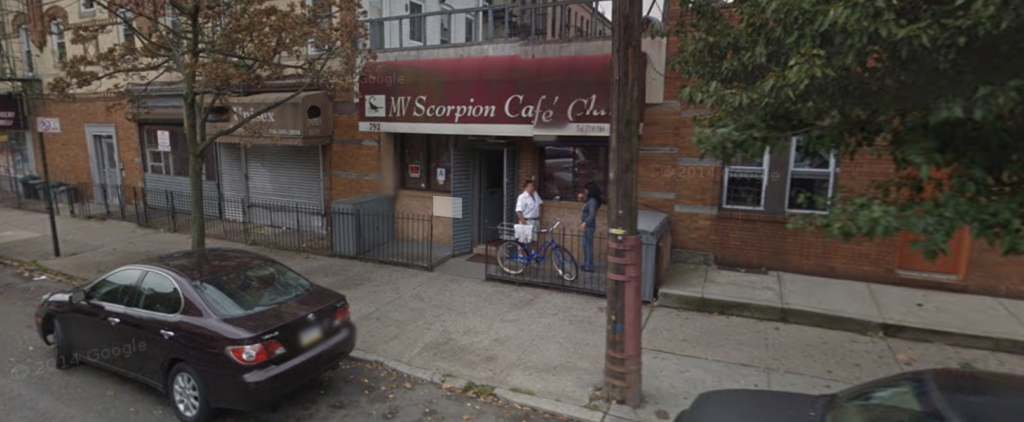

Opinions on how and when Ridgewood started to — in McCann’s words — “pop off” vary. One local, who has lived in the neighborhood her entire life, told me that Ridgewood started to change when she saw gut renovations quietly transform the rows of pre-war apartment buildings she had grown up around.
“Once upon a time, you could just be a regular person and rent something here comfortably with a friend,” she remembers. “There used to be a lot of block parties around here when I was a kid and a lot of people knew each other.”
The prices she sees at many of the new businesses in the neighborhood make her feel less welcomed.
“For a lot of the people who grew up here, myself included, it feels really weird to go into a store that sells everyday items and then suddenly, that random item is fifty dollars, or if restaurants are charging almost $30 for a pizza,” she adds.
For Yuka Anziano, the price points at her small “artisanal” store, called Saint Seneca, reflect a desire to sell products that she feels are superior to mass–manufactured candles, sticks of incense and other lifestyle goods. When she heard that a Target was moving into a shiny new condominium near the train station, she fled to a new location deeper in the neighborhood.
“When I found out that the Target was opening up, I decided that I needed to be away from that. It scared me to death because it is in direct competition to my store,” she said, adding “We’ll never be able to compete with their prices, and that’s okay. I think the person that is our customer is looking for a better product, they’re not looking for something made in China.”
Like McCann, Anziano came to Ridgewood by way of Williamsburg and she also sees a neighborhood that’s slowly turning into one she had moved out of.
“I hate to say it, but it’s historical, it’s what happened. I lived in Williamsburg until I couldn’t afford it and then I moved to Bushwick until I couldn’t afford it, and then I moved to Ridgewood and I hope I never have to move,” she says, wistfully. At any rate, this hasn’t hurt sales of candles that retail somewhere between $20 and $40 each.
The higher rents “haven’t stopped anyone from moving here, so I think the people moving in just have more income,” she observes.
“It’s become much whiter, that’s for sure,” observes Christina Wilkinson, who has lived in Queens her whole life. Since 2007, she’s operated a group called the Newtown Historical Society, which exists to promote the history of various swaths of central Queens that had been colonized briefly by the English in 1642. (“There was a skirmish between the settlers and the Indians who were living in the area. The settlers who survived fled to Manhattan,” Wilkinson recalls. When the colonists tried again, they used the same name for a settlement closer to the East River, which would later be called Newtown, until it was renamed Elmhurst in 1896 by Cord Meyer, a turn-of-the-century real estate developer.) By the early 2000s, she says, “there was nothing here.”
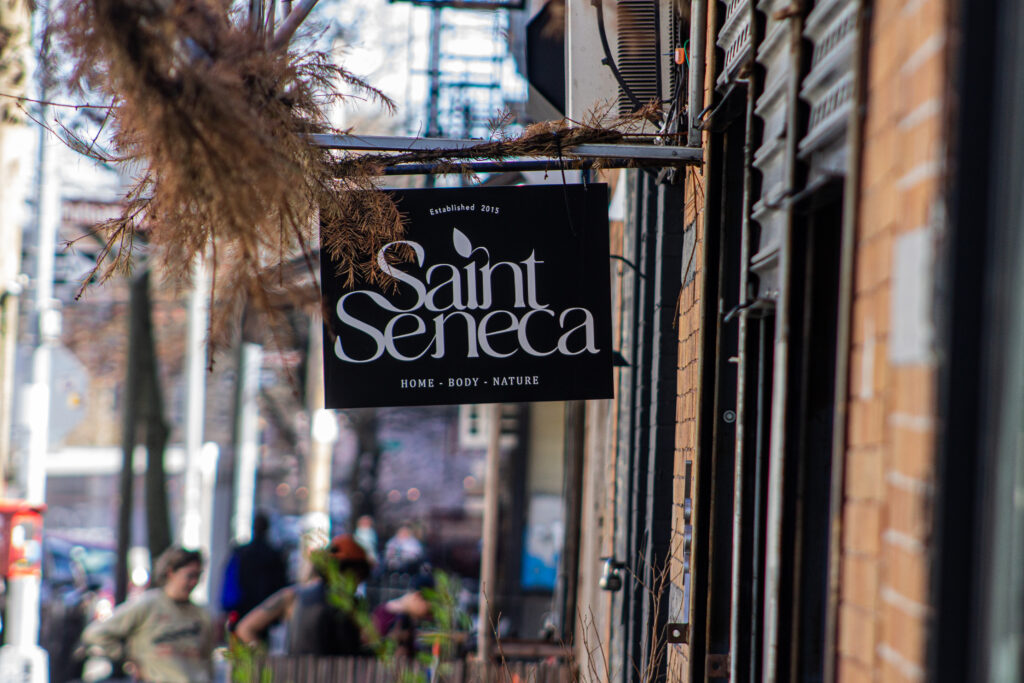
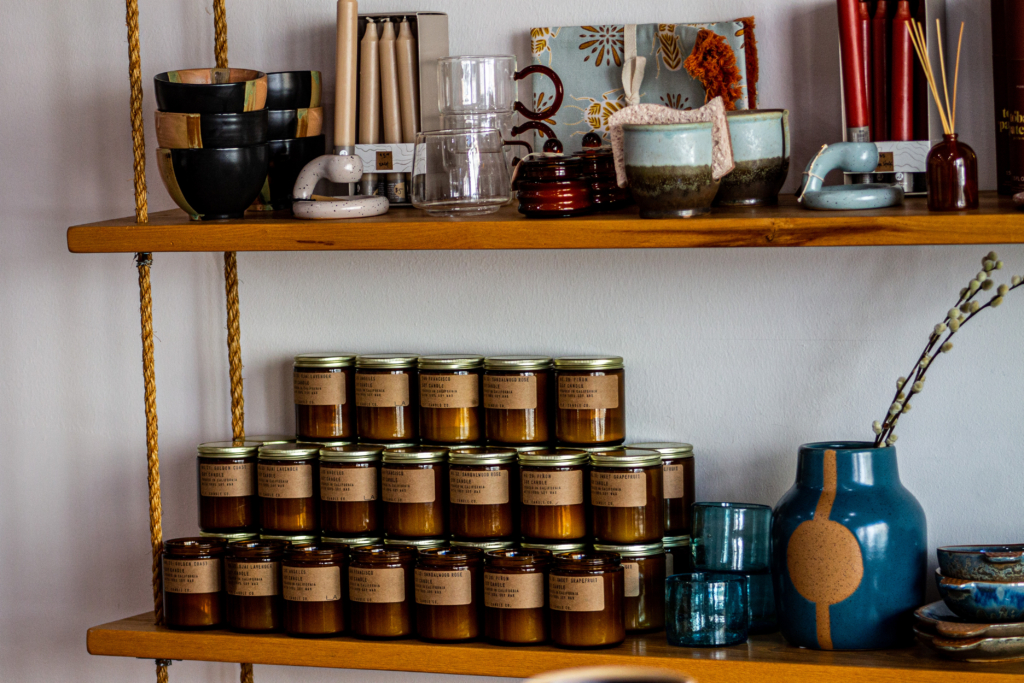
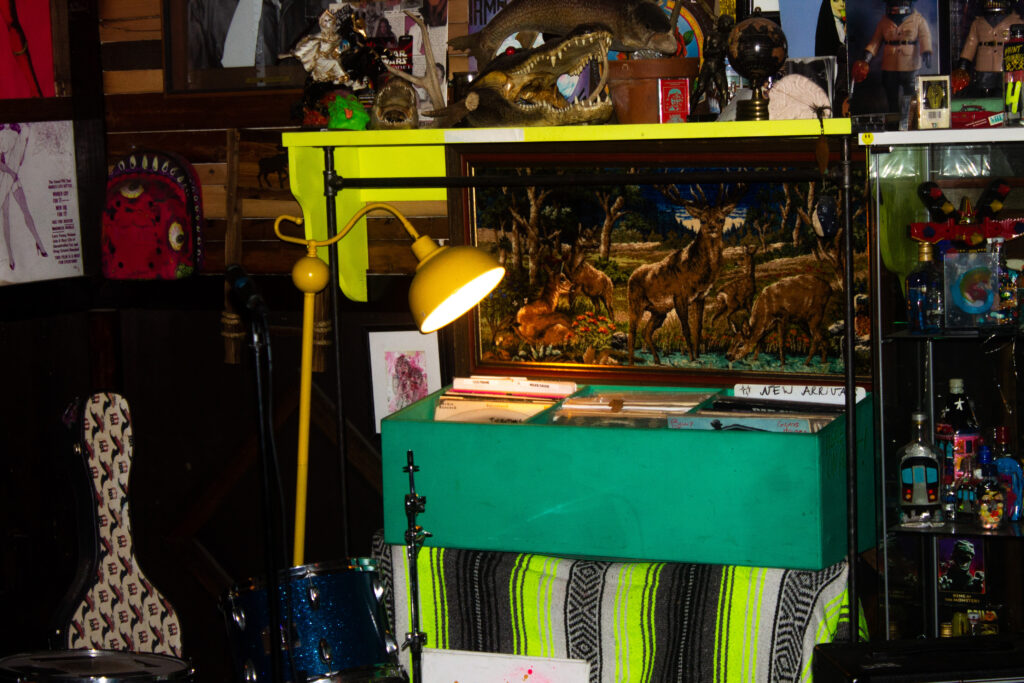
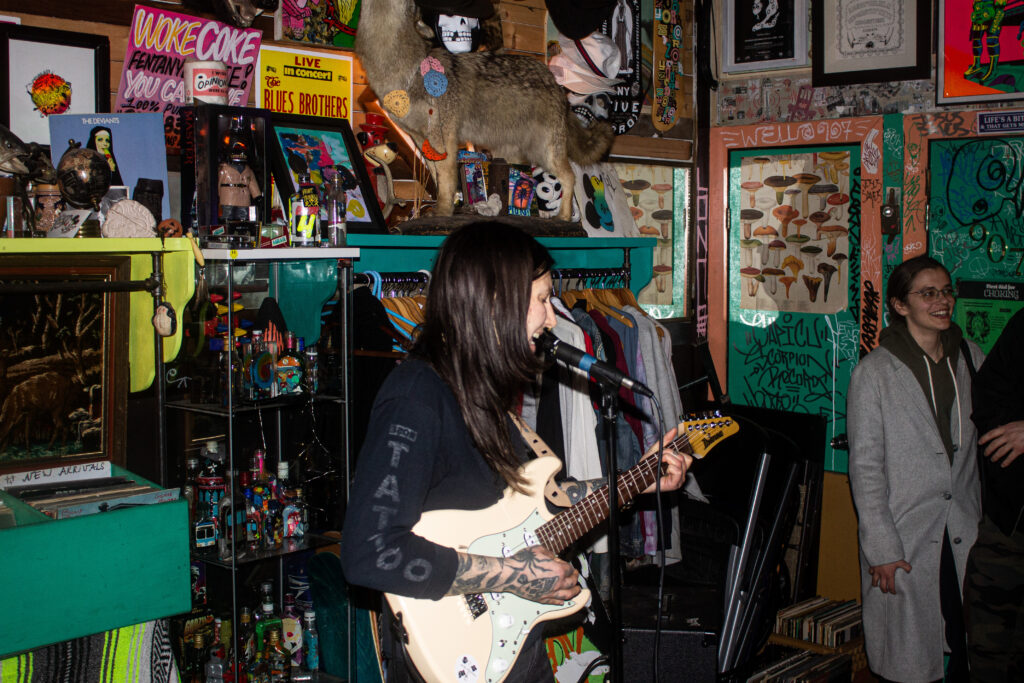
Those paying attention to new upscale dining and lifestyle stores are likely to, at some point, mention the name Kermit Westergaard, a real estate developer who “discovered” the neighborhood when he and his wife landed upon “a 1908 row house in Ridgewood, Queens, for $592,000, and turned it into their comfortable fantasy of a simple upstate farmhouse,” according to a listing in a 2008 real estate story in the Times. Westergaard has since found other, similar fantasies starting a company called Hooper and Keap, which has developed a handful of restaurants in the neighborhood over the past decade. “A key component of our work has been developing a community of small independent businesses in an area of Ridgewood that previously had a high number of vacant storefronts,” the company says on its website. By late 2022, Westergaard had developed at least seven of them, each decorated by warmly neutral pastels that bring to mind a vision of the diners of the last century if they had used less grease.
“It’s so cool, there’s so much shit going on,” says Karley Marolli, who recently moved to the neighborhood and hosts a weekly comedy night at Scorpion Records, down the street from both Honey Moon and one of Westergaard’s most successful operations.
“There’s constantly new cafes, new pizza places; I love checking out new stuff,” says Marolli.
More so, perhaps, than anywhere else in the changing neighborhood, the record store is an authentic meeting-ground between past and present. For over a decade, it had been home to a place called the Scorpion Cafe, a sparsely-attended bar that closed its doors for the last time amid the early shutdowns of the COVID-19 pandemic.
“It was a special crowd, people who wanted to be wastoids until 11am,” Ethan Alexander, who is one of them, tells me. A career bartender who sports locks of blonde hair, Alexander also recently moved to Ridgewood. (“I got priced out of Bushwick.”) After he and his friend saw their late-night haunt shuttered permanently, they decided to move in there themselves, keeping most of the name in an effort to save money, but deciding to sell used records instead. Nowadays, the new Scorpion draws everything from Marolli’s comedy nights to indie rock shows. On Fridays, in a nod to the neighborhood’s regulars, the store runs a dominos night that draws out old-timers.
“I can’t speak for the people who’ve lived here their whole lives, but the ones that do come in typically are much more receptive to this then they are the new cocktail or wine bars that are opening up on every corner,” says Alexander. Compared to his time in Bushwick, he says he’s found that the neighborhood is “exponentially more accepting of people who will move in here.”
“I just don’t get as many people coming in here and coming in here and telling me to fuck off.”
This story was produced as part of the Small Business Reporting Fellowship, organized by the Center for Community Media and funded by the NYC Mayor’s Office of Media and Entertainment.
Images taken by Andrew Karpan.
For more news, sign up for Bushwick Daily’s newsletter.
Join the fight to save local journalism by becoming a paid subscriber
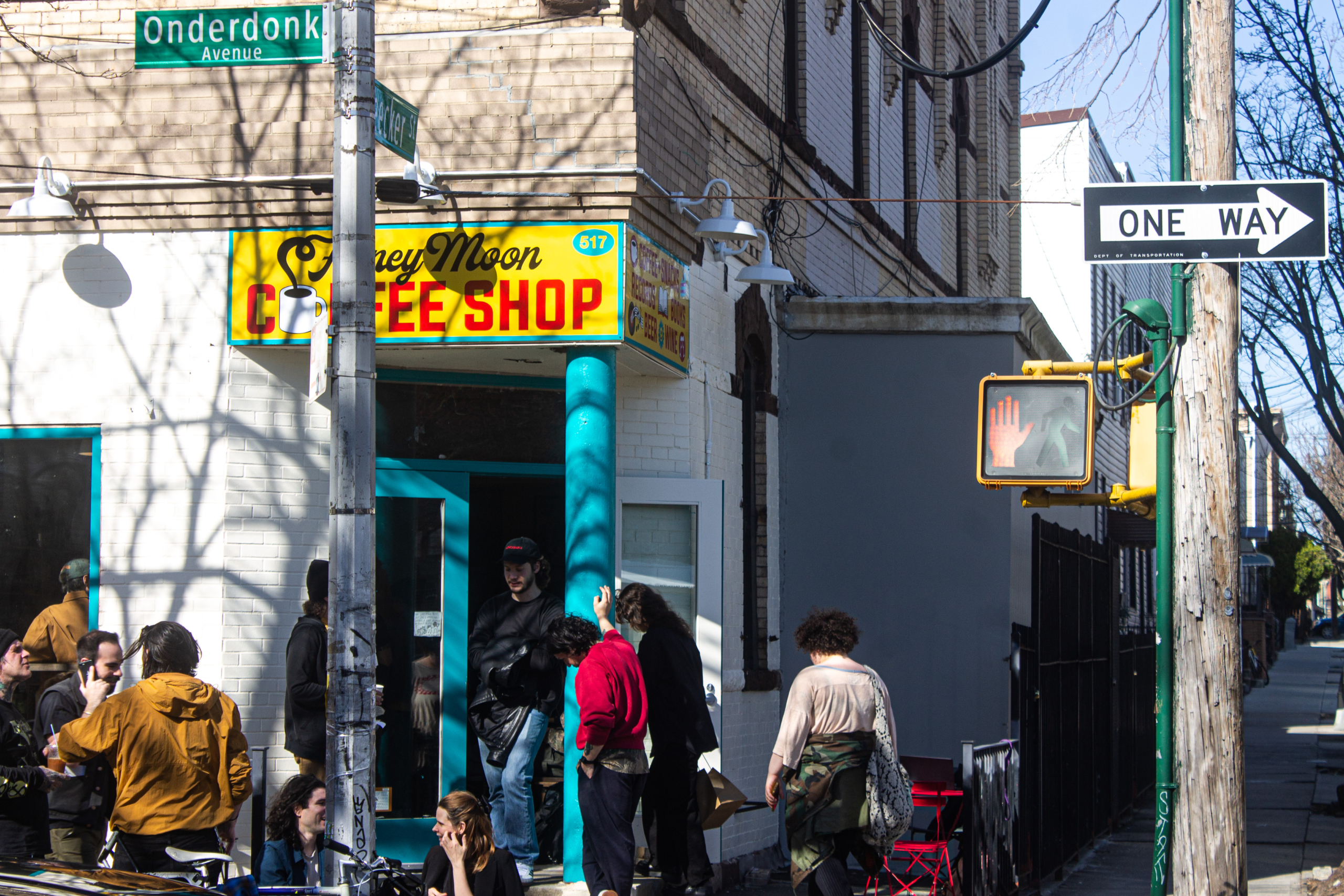
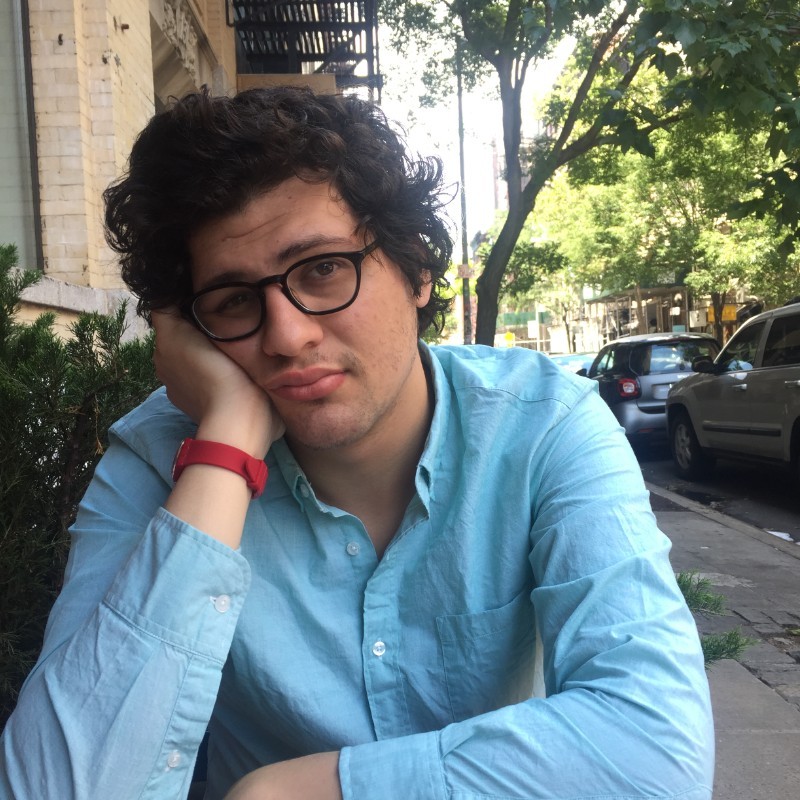
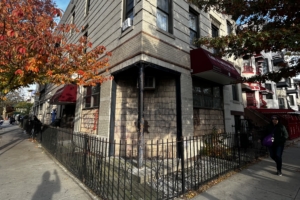

For the record my comment was our store space was full of trash not the neighborhood. The space was empty and full of trash.
You still said you think it’s great that white folks are replacing Puerto Ricans, Albanians, etc though right?
fuck left field, fuck kermit, and most especially fuck you for enabling this erasure bullshit
this is amazing. Love all the new stuff popping up in the area. before it was desolate and empty. Now Ridgewood is the world destination for all types of ventures.
I think that you’re forgetting that with these “hipsters” moving in, people (usually people of color) are displaced. where do they go? Or does it not matter, so that we can have a $6 coffee?
Wow where do you get this data? I see diverse group of people move in
Where do you get your data? Seeing isn’t data.
“Upscale bookstore?” Not a chance. I’ve been going to Molasses for years. I have never paid more than $10 for a book. The beers are cheap, too.
You forgot that Honey Moon is collaborating with Molasses to sell books
This hurts so much to see these yuppies take over the neighborhood I grew up in. Where will families go? My family got pushed out but I see things get very difficult going forward.
Are you saying Yuppiestake over? The article mention hipster
Anti-gentrification discourse is “build the wall” for people who hate trump.
I think the real problem is the people coming in think that they’re brining this valuable thing to a neighborhood they admire and in the process end up destroying the very thing that drove them here in the first place. Like someone said. ” I was in Williamsburg till I got priced out, in Bushwick till I got priced out and now ridgewood ” at what point do you llook at yourself and take ownership over the fact that you might be the problem. I wouldn’t mind if the people weren’t as pretentious and entitled. Yes, you gentrifier are driving the cycle that you yourself are the victim of. Getting priced out and because it’s all about YOU you don’t even care about the countless families your migration displaces, yet in the very same breath you say you’re adding value. The irony here is baffling. You don’t even take the time to get to know the people here and culture when you arrive that’s the problem. Go back to middle america with your trustfumds and add value there. You come because of the flavor and end up changing the flavor to something that we find unpalpatable.